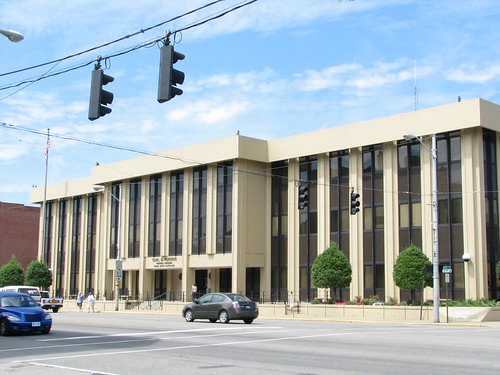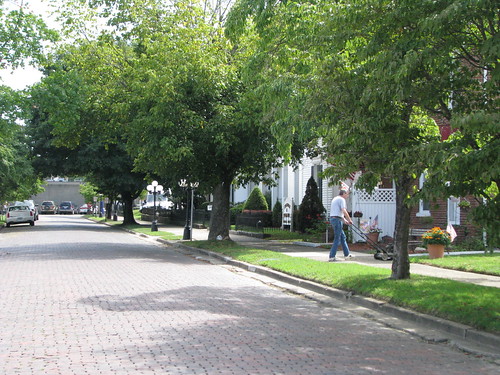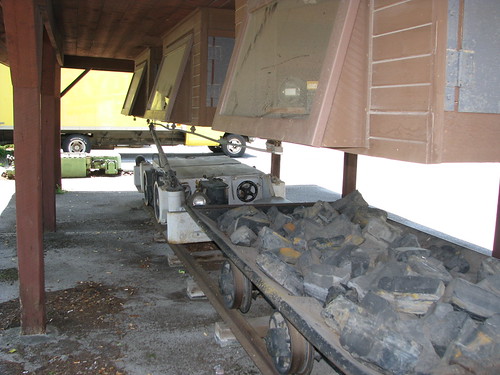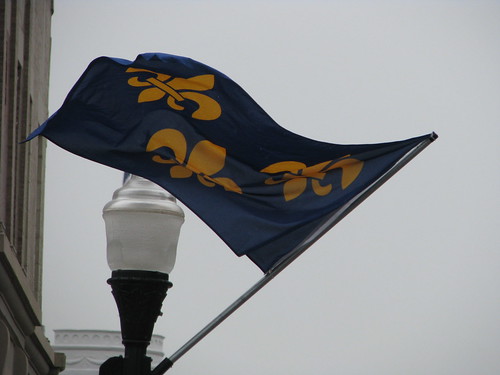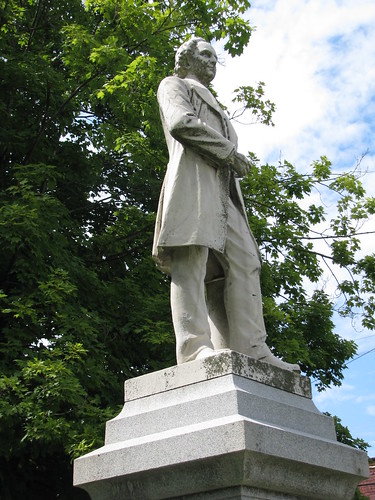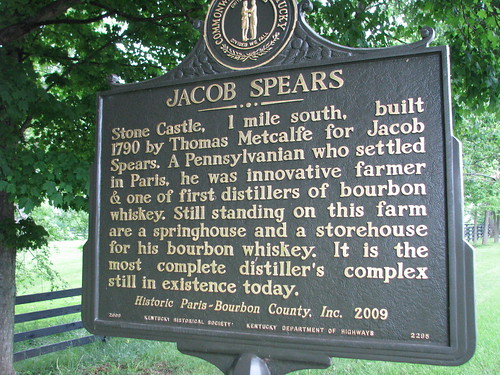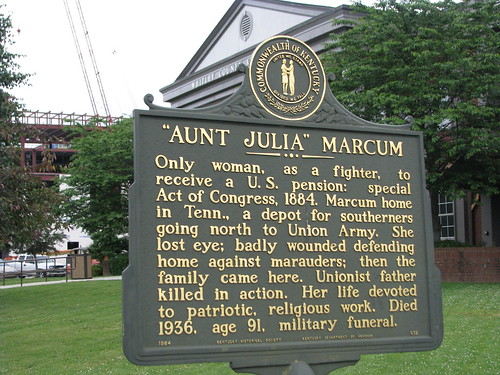 |
| Paramount Arts Center, Ashland, Ky. |
Ashland’s Paramount Arts Center is an amazing facility with an incredibly full schedule – Broadway Live, concerts, classic films, and so much more. With a seating capacity of over 1,400, it is one of Kentucky’s largest indoor entertainment venues.
Planning for the Paramount began in 1928; the design was specifically for the popular silent films of the era. By the time the Paramount opened in 1931 (the first show, Silence, was a talkie), technology and entertainment demand had changed. So too had the national economy – the Depression was in full force. In fact, Paramount (the movie company) wanted to drop the project altogether but locals provided the support to go forward with the local project. Paramount’s reluctance to go forward is understandable – the company’s plan was to build one of these grand theaters in each of the fifty states (Ashland was chosen as it was then viewed as a locale with tremendous promise of growth and increased visibility).
Today, only twelve Paramount theaters remain. Other than the Ashland, Kentucky location, the theaters are in Denver, Colorado; Aurora, Illinois; Oakland, California; Cedar Rapids, Iowa; Abilene, Texas; Bristol, Tennessee; Seattle, Washington; Charlottesville, Virginia; Anderson, Indiana; Austin, Texas; and Springfield, Massachusetts. Many (if not all) of these facilities closed for decades as multiplex movie houses became en vogue, only to be reopened after extensive upgrades and restoration.
This was the case with the Paramount Arts Center. It closed in 1971 as a movie house, but soon thereafter was reopened as an arts center. Extensive restorations continued for decades and the facility is as beautiful today as it was when it first opened nearly 80 years ago. I was lucky enough to be given an off-schedule tour of the facility during my quick trip through Ashland, but unfortunately my pictures don’t sufficiently show off the Paramount’s beauty. You can see them here on flickr.

